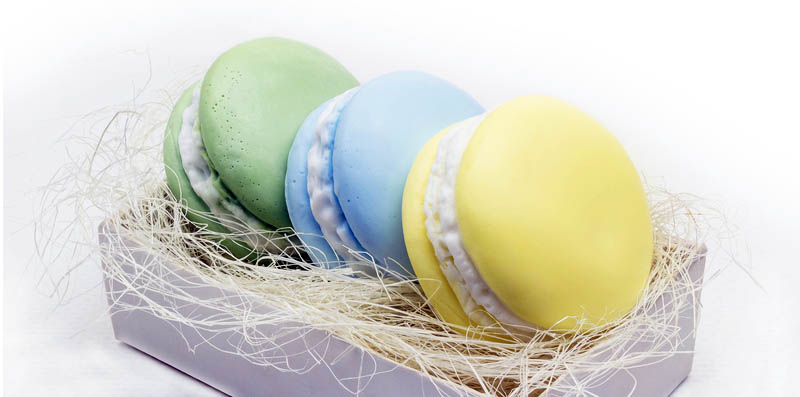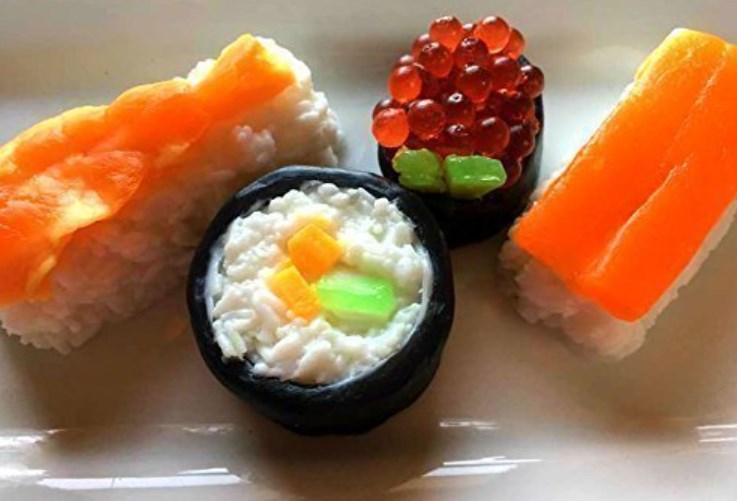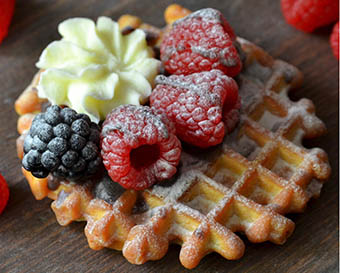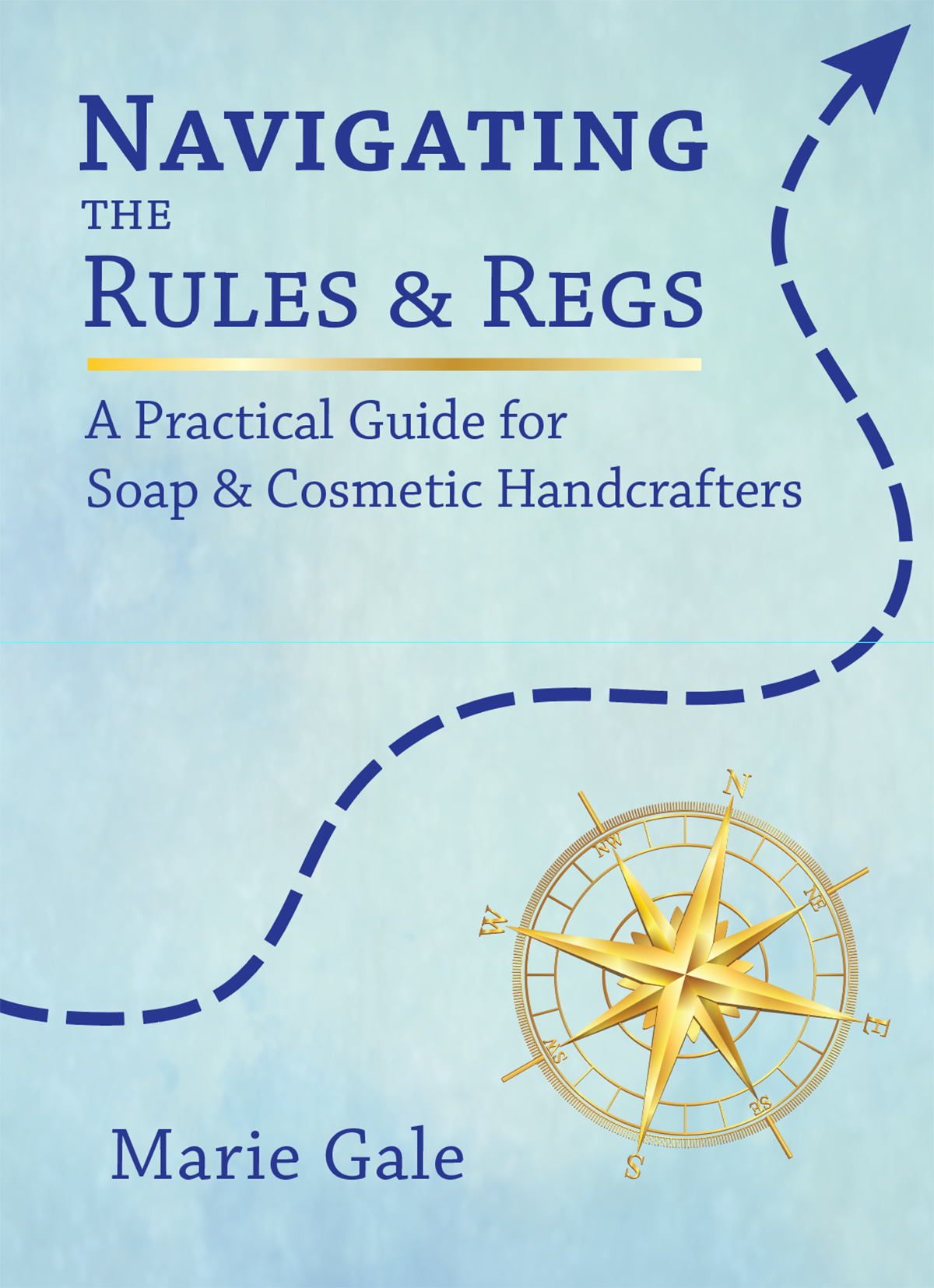NOTE: This post concerns European Union regulations. It is not applicable to the US, but it does provide related information and possibly some guidance on best practices, regardless of location.
Soap that looks and smells like pie. Bath bombs that look and smell like candy. Fun to make and sell—but is there a legal downside?
Turns out, at least the the EU, there is.

Back in May of 2018, a British company got in trouble in Lithuania for selling bath bombs that looked like food. They were ordered to stop selling the bath bombs because they could pose a danger to children even though they had warning labels. Like most legal issues, it went back and forth in the courts, finally landing at the European High Court. On June 2, 2022, the decision from the high court concluded that Lithuania could, in fact, bar the products as being potentially hazardous.
The Underlying Regulations
The main cosmetic regulations in the EU are contained in Regulation (EC) No 1223/2009 covering cosmetic products. That regulation covers all the basic stuff including the labeling, prohibited ingredients, etc. It also says that a product must be safe “taking into account Directive 87/357/EEC.” Wait, what?
Well, Directive 87/357/EEC covers products that LOOK like food, but are NOT food. It’s a safety issue for products…
Directly from the regulations:
“… which, although not foodstuffs, possess a form, odour, colour, appearance, packaging, labeling, volume or size, such that it is likely that consumers, especially children, will confuse them with foodstuffs and in consequence place them in their mouths, or suck or ingest them, which might be dangerous and cause, for example, suffocation, poisoning, or the perforation or obstruction of the digestive tract.”
In other words, a product looks or smells enough like food that a child might try to eat or suck on it and could be harmed in doing so.
The High Court’s decision didn’t say that all cosmetics that look like food are banned. They did say that a member country should evaluate on a “case by case basis” and that actual harm doesn’t have to be proven in order to ban a product.
What Should You Do?
If you are in the US, you don’t have to do anything.
BUT, if you do make soap, bath bombs, or other products that look like food, you might want to:
-
Make it VERY clear on the packaging that the product is NOT TO EAT.
-
Check all the ingredients and the product itself to make sure they are not harmful or poisonous if a child does eat it.




Leave a Reply